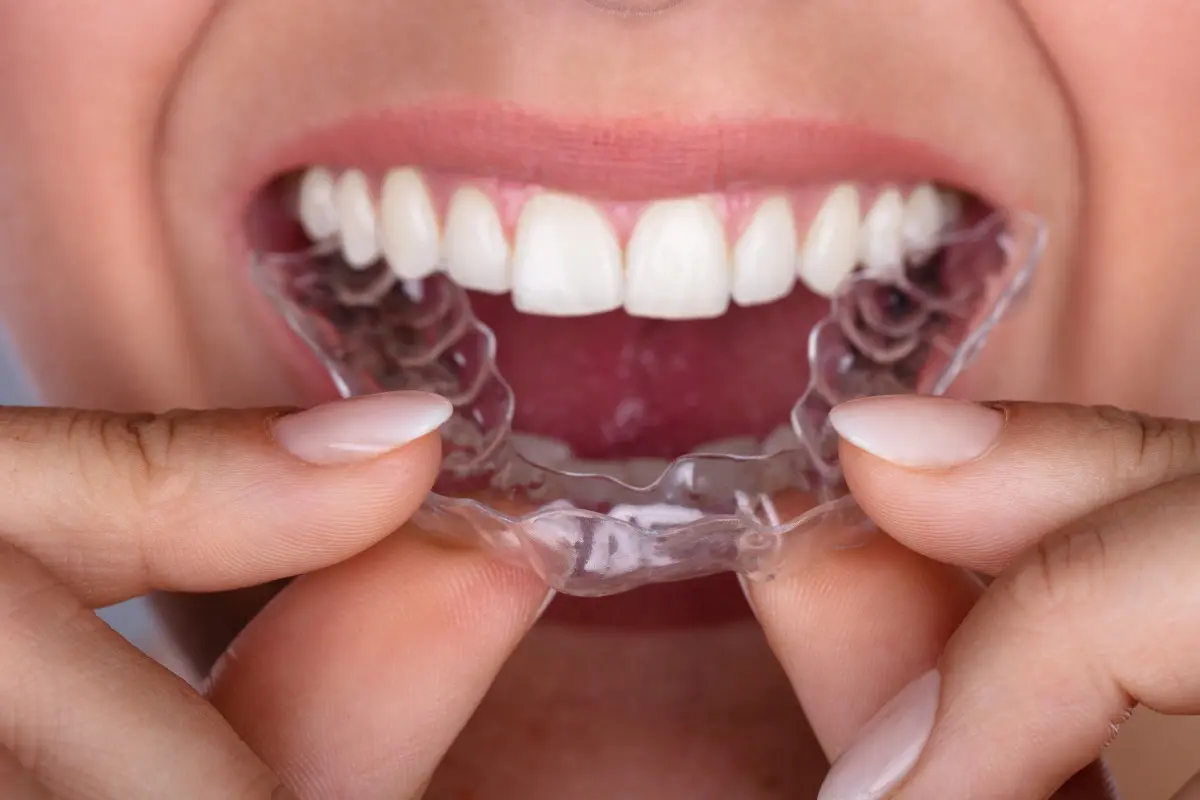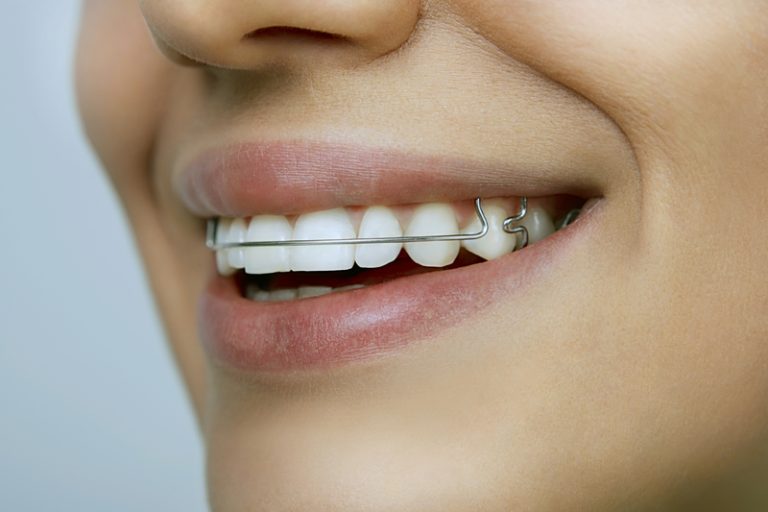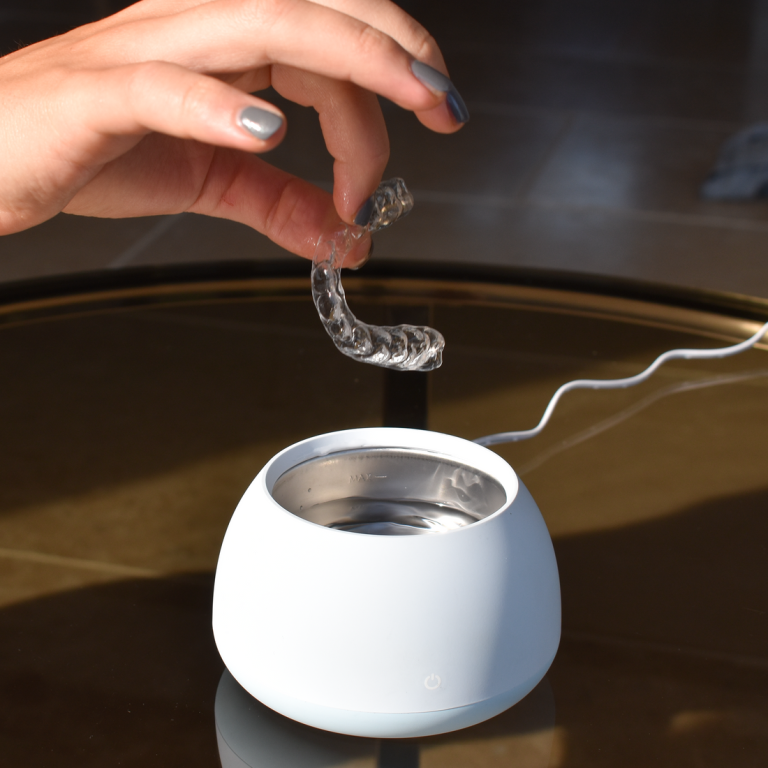How Much Do Retainers Cost to Replace: Affordable Solutions
Last Updated on 4 weeks by DR. ALBIN SIPES
Replacing retainers can be costly. The price depends on several factors.
Retainers are essential for maintaining your teeth’s alignment. But what happens when they get lost or damaged? Understanding the cost to replace them can help you plan better. Different types of retainers have varying costs. Materials, the complexity of your dental needs, and your location also influence the price.
Some insurance plans may cover part of the cost, while others do not. Knowing these details can save you time and money. In this guide, we will break down the costs and factors involved in replacing retainers. This way, you can be prepared for any situation.

Introduction To Retainers
Retainers can be costly to replace, with prices ranging from $100 to $300 per set. Costs vary based on the type and material of the retainer. Always check with your orthodontist for exact pricing.
Retainers are an essential part of dental care. They help keep your teeth in place after braces. This section will guide you through the basics of retainers.Purpose And Importance
Retainers are used after orthodontic treatment. They keep your teeth from moving back to their original positions. Why are retainers important? – Prevent Relapse: They stop teeth from shifting. – Maintain Smile: They preserve the alignment achieved through braces. – Support Jaw Alignment: They help in maintaining proper jaw positioning. Wearing your retainer as instructed is crucial. It ensures the long-term success of your orthodontic treatment.Different Types Available
There are various types of retainers available. Each type has its own benefits and costs. 1. Hawley Retainers – Material: Made of metal wires and acrylic. – Advantages: Durable and adjustable. – Cost: Typically ranges from $150 to $300 per retainer. 2. Clear Plastic Retainers (Essix Retainers) – Material: Made from clear plastic. – Advantages: Invisible and comfortable. – Cost: Generally between $100 to $250 per retainer. 3. Fixed Retainers – Material: Bonded wire. – Advantages: Permanently fixed, no need to remove. – Cost: Can range from $250 to $500 per retainer. Factors Influencing Cost: – Type of Retainer: Different materials and designs affect the price. – Location: Costs can vary based on geographic location. – Insurance Coverage: Some plans may cover part of the cost. Understanding the different types helps you make an informed decision. Choose the retainer that fits your needs and budget. “`Reasons For Replacing Retainers
Retainers are essential for maintaining the alignment of your teeth. Over time, retainers can become damaged or worn out, requiring replacement. Understanding the common reasons for replacing retainers helps you identify when it’s time for a new one.
Common Causes
There are several common reasons why you might need to replace your retainer. These include:
- Wear and Tear: Retainers are subject to daily use. Over time, they can wear out.
- Physical Damage: Accidents can cause retainers to crack or break.
- Loss: Retainers are small and easy to misplace.
- Warping: Exposure to heat can warp retainers, making them ineffective.
- Poor Fit: Changes in your mouth structure may require a new retainer.
Signs You Need A Replacement
Recognizing the signs that you need a new retainer ensures your teeth stay aligned. Look out for these indicators:
- Visible Damage: Cracks, chips, or breaks in your retainer.
- Poor Fit: Your retainer feels loose or too tight.
- Discomfort: Pain or soreness when wearing your retainer.
- Odor or Stains: Persistent bad smell or visible stains that don’t go away.
- Lost Retainer: If you’ve lost your retainer, replacement is necessary.
Maintaining your retainer is crucial for your dental health. If you notice any of these signs, consider getting a new retainer.
Cost Factors For Replacement
Replacing retainers can be a necessary step to maintain dental health. Understanding the cost factors for replacement can help you budget effectively. Several key elements influence the overall expense, including the materials used and the complexity of the design.
Material Choices
The material of the retainer plays a significant role in its replacement cost. There are two main types of materials used for retainers:
- Hawley Retainers: Made of acrylic and metal wire. They are durable and adjustable. The cost for replacement typically ranges from $150 to $300 per set.
- Clear Plastic Retainers: These are custom-made from clear plastic. They are less noticeable but may wear out faster. Replacement costs usually fall between $100 and $250 per set.
Complexity Of Design
The design complexity of your retainer also affects the replacement cost. Simple designs are generally less expensive than intricate ones. Here are a few factors that can increase the cost:
- Customization: Personalized retainers tailored to your dental needs may cost more.
- Adjustments: Retainers requiring frequent adjustments or specific modifications can increase the expense.
- Special Features: Retainers with additional features, like colored bands or special finishes, may also add to the cost.
Considering these factors helps you understand the various elements that contribute to the overall cost of replacing retainers. By knowing these, you can make informed decisions and manage your dental care expenses more efficiently.
Affordable Replacement Options
Retainers are essential for keeping teeth aligned after braces. But what happens if you lose or break yours? Replacing a retainer can sometimes be expensive. Luckily, there are affordable replacement options that can save you money and still provide you with a great fit.
Diy Kits
One affordable option is using DIY retainer kits. These kits are easy to use and can be ordered online. They usually come with a mold and detailed instructions.
- Cost: $50 – $100
- Convenient and easy to use
- Quick turnaround time
Using a DIY kit, you can create a mold of your teeth at home. Then, send the mold back to the company. They will create a custom retainer for you.
Online Services
Another affordable choice is using online retainer services. These services are gaining popularity for their convenience and cost-effectiveness. Here is a quick comparison of some popular services:
| Service | Cost | Turnaround Time |
|---|---|---|
| Service A | $75 | 2 weeks |
| Service B | $90 | 1 week |
| Service C | $120 | 3 days |
Most online services will send you a kit to make a mold. You then send the mold back. The company will create and ship your retainer. Using online services can save you trips to the dentist and reduce costs.
Insurance And Payment Plans
When it comes to replacing retainers, the cost can vary. Insurance and payment plans can significantly reduce your out-of-pocket expenses. This section will cover the details of insurance coverage and various payment plans available.
Coverage Details
Dental insurance can cover some or all of the cost to replace retainers. Each insurance plan is different. It’s important to check with your provider. Here are some key points to consider:
- Policy terms: Review your policy for retainer coverage.
- Maximum benefits: Know the maximum amount your insurance will cover.
- Deductibles and co-pays: Understand any deductibles or co-pays you might owe.
Some insurance plans require pre-authorization for coverage. Always confirm with your insurer before getting a replacement retainer.
Flexible Payment Options
If insurance doesn’t cover the entire cost, many dental offices offer flexible payment plans. These plans help manage the cost over time. Here are some common options:
- Installment plans: Spread the cost over several months.
- In-house financing: Dental offices may offer their own financing.
- Credit cards: Use a credit card to pay, then pay off over time.
Some offices also offer discounts for upfront payments. Always ask about available payment plans and choose the one that best fits your budget.

Saving Money On Retainer Replacement
Retainers can be costly to replace. Finding ways to save money is important. Here are some tips to help you reduce costs.
Preventive Measures
Taking care of your retainer can save you money. Always store it in its case. This prevents damage and loss.
Clean your retainer daily. Use a soft toothbrush and mild soap. Avoid hot water, which can warp the retainer.
Avoid eating or drinking with your retainer in place. This can cause stains or cracks.
Comparing Prices
Check prices from different providers. Not all dentists charge the same fee.
Some dental offices offer payment plans. This can make replacement more affordable.
Consider ordering from an online retailer. They often have lower prices. Just ensure they are reputable.
Here is a table to help you compare options:
| Provider | Price Range |
|---|---|
| Local Dentist | $200 – $600 |
| Online Retailer | $100 – $300 |
| Orthodontist | $300 – $800 |
Ask about warranties or guarantees. Some providers offer free replacements within a certain period.
Using these tips, you can save money on retainer replacement.
Choosing The Right Provider
Replacing a retainer can be a significant expense. It’s crucial to choose the right provider to ensure you get quality service at a fair price. This section will guide you through selecting a reputable source and understanding the importance of customer reviews.
Reputable Sources
Finding a reputable source is the first step. Look for providers with established names in the dental industry. Reputable sources often have years of experience and a track record of satisfied customers.
Consider providers that are recommended by dental professionals. They usually have a partnership with trusted dental labs and use high-quality materials. Ensure the provider you choose follows all safety and quality standards.
Here’s a quick checklist to identify reputable sources:
- Years of experience in the industry
- Partnerships with trusted dental labs
- Compliance with safety and quality standards
- Recommendations from dental professionals
Customer Reviews
Customer reviews offer insight into the provider’s reliability and service quality. Positive reviews indicate a trustworthy provider. Read reviews on multiple platforms for a balanced view.
Look for consistent feedback on:
- Quality of the retainer
- Timeliness of delivery
- Customer service experience
Beware of providers with numerous negative reviews. They may indicate poor quality or service issues. Always choose a provider with a high average rating and recent positive feedback.
In summary, selecting the right provider involves researching reputable sources and paying attention to customer reviews. This ensures you get a quality retainer replacement at a reasonable cost.
Maintaining Your Retainer
Retainers play a crucial role in preserving your smile. Proper maintenance can prolong their life and reduce the need for replacements. In this section, we will cover essential tips on cleaning and storing your retainer.
Cleaning Tips
Keeping your retainer clean is vital for oral health. Here are some simple cleaning tips:
- Brush your retainer daily with a soft toothbrush and non-abrasive toothpaste.
- Soak your retainer in a denture cleaner or a mixture of water and vinegar once a week.
- Avoid using hot water, as it can warp the retainer’s shape.
- Rinse your retainer with cold water before and after each use.
Storage Solutions
Proper storage prevents damage and loss. Here are some storage solutions:
- Always keep your retainer in its case when not in use. This protects it from physical damage.
- Do not wrap your retainer in a napkin. It can be easily mistaken for trash.
- Keep your retainer away from pets, as they may chew on it.
- Avoid exposing your retainer to direct sunlight or heat sources.
By following these tips, you can ensure your retainer remains in good condition. This will help reduce replacement costs and keep your smile in top shape.

Conclusion
Replacing retainers can be costly but necessary. Prices vary based on type and provider. Always check with your orthodontist for accurate costs. Proper care can extend the life of retainers. This saves money in the long run. Remember, investing in your smile is important.
Keep your retainers safe and clean. This ensures they last longer. Consider insurance options to help with replacement costs. Stay informed and make the best decision for your dental health.



